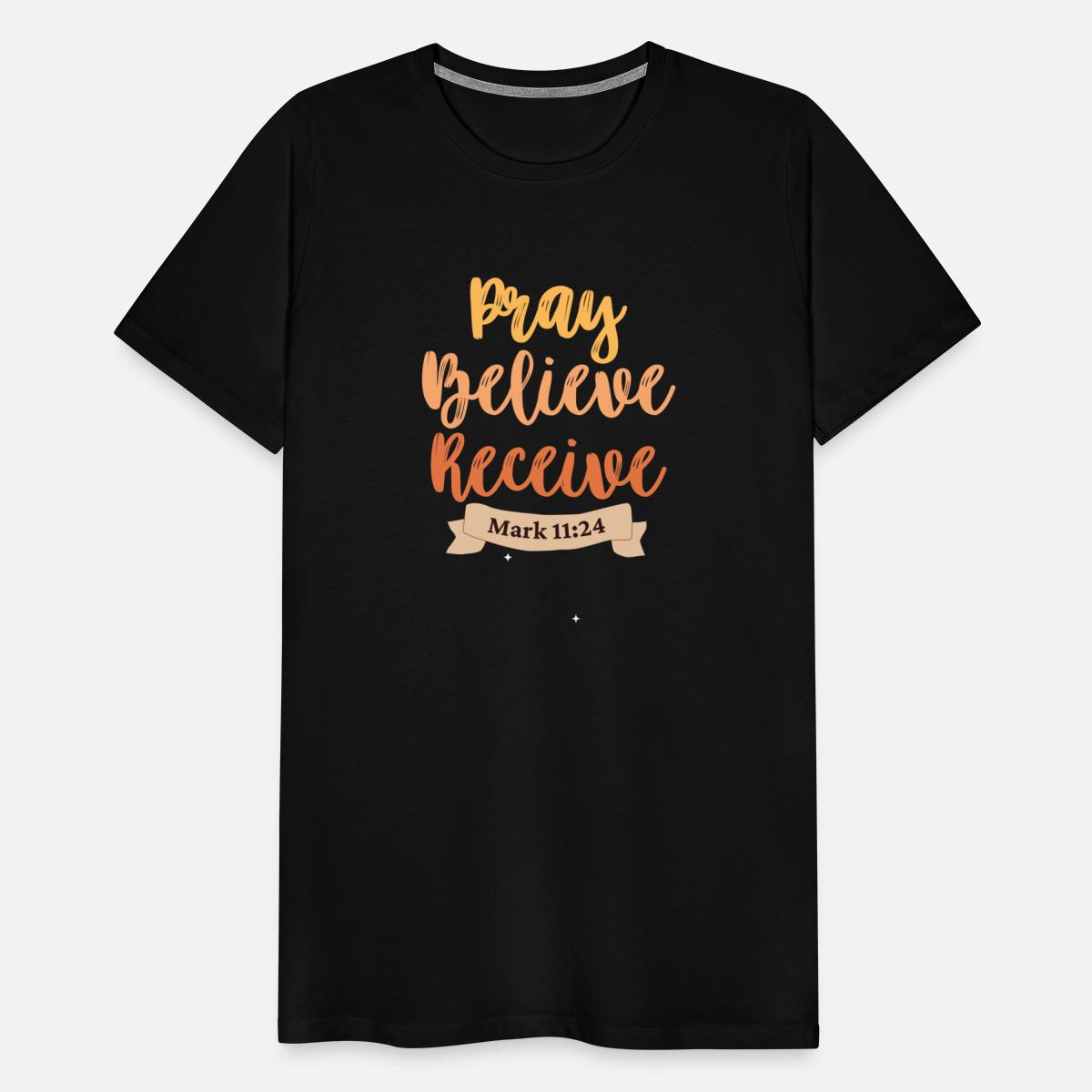Have you wondered what is All Saints Day? It is when the Catholic Church and some Protestant churches commemorate all saints, known and unknown. The eve of All Saints is known as All Hallows Eve, or Halloween. All Saints Day is November 1
History
Christians have been honoring their saints and martyrs since at least the second century AD. The Martyrdom of Polycarp, probably written near the middle of the second century, attests to this reality:
Accordingly, we afterwards took up his bones, more precious than the most exquisite jewels, and more pure than gold, and deposited them in a fitting place, so that when being gathered together, as opportunity is allowed us, with joy and rejoicing, the Lord shall grant us to celebrate the anniversary of his martyrdom, both in memory of those who have already finished their course, and for the exercising and preparation of those yet to walk in their steps (18).
Initially the calendars of saints and martyrs varied from location to location, and many times local churches honored local saints. However, gradually feast days became more universal. The first reference to a general feast celebrating all saints occurs in St Ephrem the Syrian (d. AD 373). St. John Chrysostom (d. AD 407) assigned a day to the feast, the first Sunday after Pentecost, where in the Eastern Churches the feast is celebrated to this day. In the West, this date was probably originally used, and then the feast was moved to May 13th. The current observance (November 1) probably originates from the time of Pope Gregory III (d. AD 741), and was likely first observed on November 1st in Germany. This fact makes the connection of the All Saints Feast with the pagan festival Samhain less likely, since Samhain was an Irish pagan feast, rather than German.
The vigil of the Feast (the eve) has grown up in the English speaking countries as a festival in itself, All Hallows Eve, or Halloween. While many consider Halloween pagan (and in many instances the celebrations are for many), as far as the Church is concerned the date is simply the eve of the feast of All Saints. Many customs of Halloween reflect the Christian belief that on the feast's vigils we mock evil, because as Christians, it has no real power over us. However, for some Halloween is used for evil purposes, in which many Christians dabble unknowingly. David Morrison explains the proper relationship between Christians and Halloween. Various customs have developed related to Halloween. In the Middle Ages, poor people in the community begged for "soul cakes," and upon receiving these doughnuts, they would agree to pray for departed souls. This is the root of our modern day "trick-or-treat." The custom of masks and costumes developed to mock evil and perhaps confuse the evil spirits by dressing as one of their own. Some Christians visit cemeteries on Halloween, not to practice evil, but to commemorate departed relatives and friends, with picnics and the last flowers of the year. The day after All Saints day is called All Soul's Day, a day to remember and offer prayers up on behalf of all of the faithful departed. In many cultures it seems the two days share many customs. See the Oxford Dictionary of the Christian Church for more information.
www.churchyear.net






0 Comments